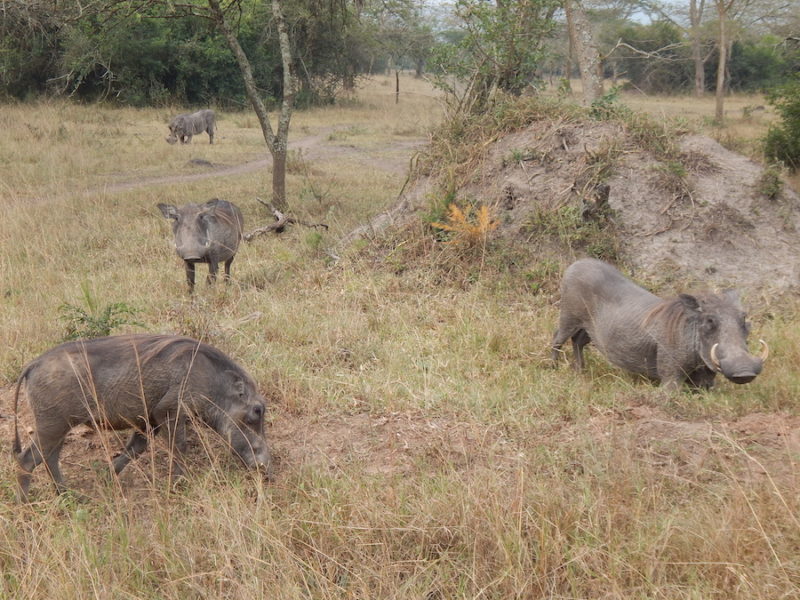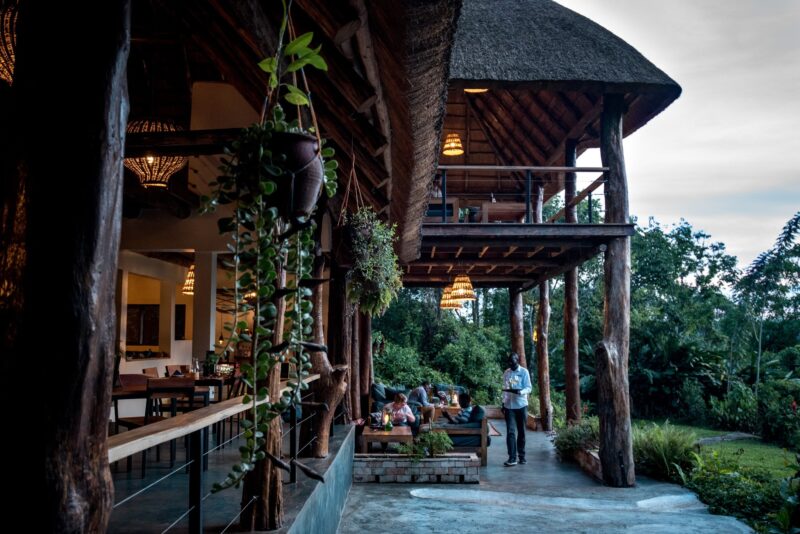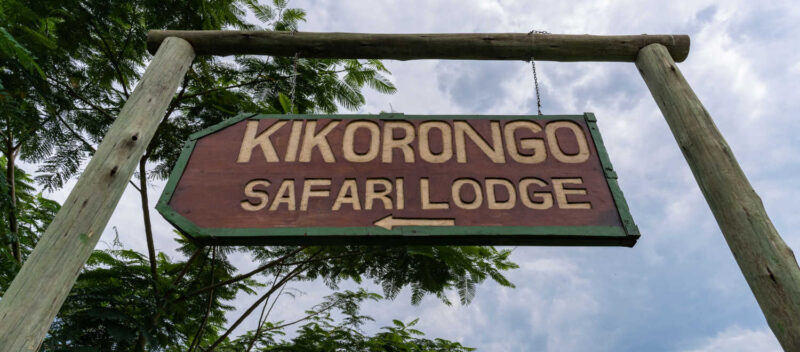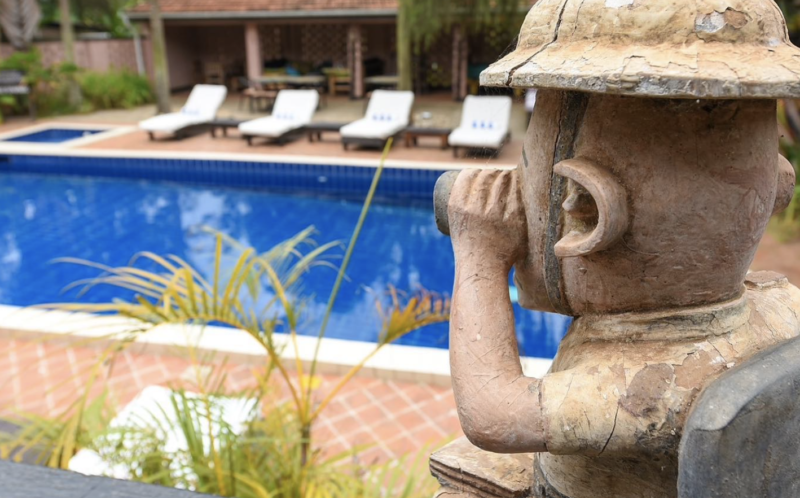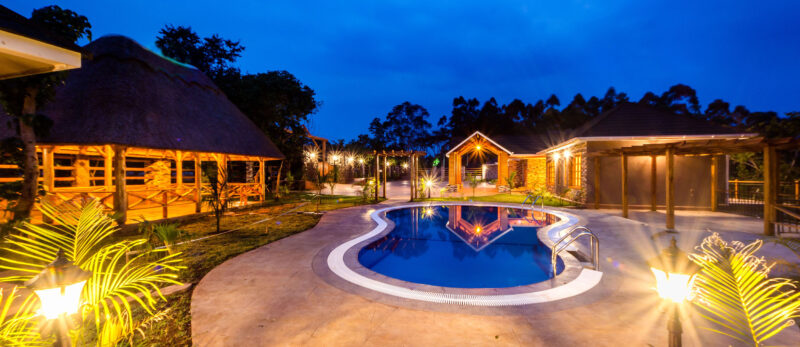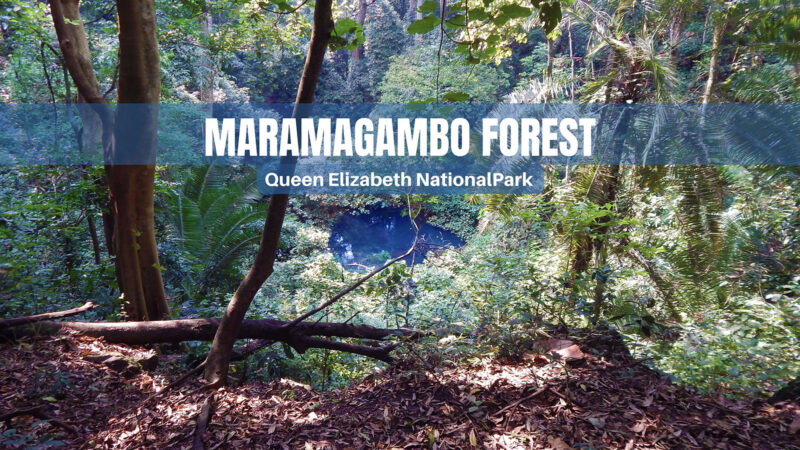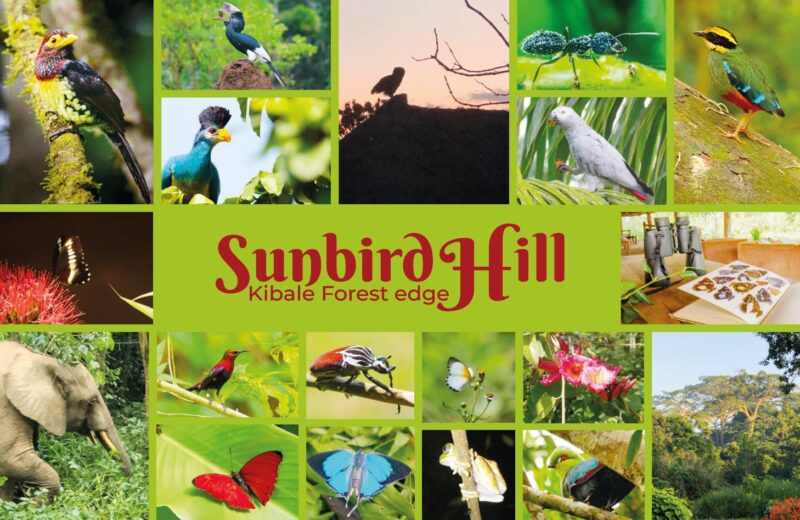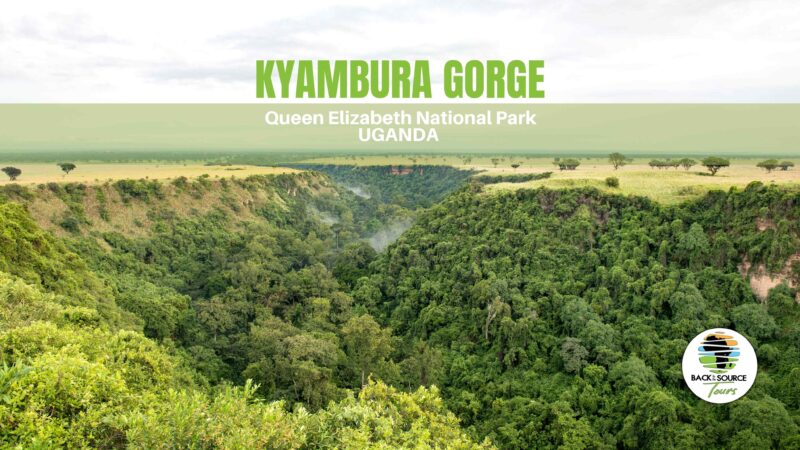Lake Mburo National Park is a compact gem, located conveniently close to the highway that connects Kampala to the parks of western Uganda. It is situated approximately 240 kilometers from Kampala, a 4hrs drive, and only 30 kilometers from Mbarara – the biggest town in western Uganda. The park is the smallest of Uganda’s savannah national parks.
About the biodiversity:
Zebras are one of the most common animals spotted in Lake Mburo and are home to over 350 bird species including; Zebras, Eland, Impalas, Oribi, Buffalos, Waterbuck, Hippos, Leopard, Reedbuck, Hyenas, and more. With over 13 lakes in the area, this lake also forms part of the 50km long wetland system that is linked by the swamp. It’s known that five of these lakes lie on the park’s border.
The park also supports the many endangered species of birds including the endangered cichlid fish species which have reduced within the main lake and are the only area where you can find the impalas. The park gives refugees to over 22 species of Palaearctic as well as the afro tropical migrant birds in the adverse conditions in the wooded savannah with the acacia thicket and the grasslands.
About climate & geography:
The pre-Cambrian rocks also trigger Lake Mburo Area, with the rocks that comprise a mixture o Cenozoic Pleistocene to the recent rocks, solely granitized –granitoid as well as the highly granitized rocks plus the Karagwe Ankolean system. The argillite rocks also dominate more arenites as well as the silty rocks that are usually distributed as a thin band throughout the whole area. This area is also dominated by erratic soils that are so sandy loam as well as sandy clay loam.
Lake Mburo is near Masaka- Mbarara highway which makes it so easily reachable from Kampala.
Lake Mburo national park has got a tropical climate and is situated in the Ankole southern climatic zone. The lake also lies within the rain shadow area that is between Lake Victoria and the Rwenzori Mountains.
The park has got two seasons including the dry and wet seasons that receive the bimodal low rainfall that ranges between 500 and 1000mm. the rainfall also tends to be so erratic as well as unreliable, which causes the low pastures which affect the wildlife behaviors that include the birds, and creates the demand on the park by the known local pastoralists. The temperatures here also range between 23-25 degrees and evapotranspiration of the areas in the northwest, north, and northeast to the east ranges from 450 to 1600mm. Also, the areas in the south and in the southwest of the national park always experience lower evapotranspiration that ranges between 1300 to 1450mm.
Other landmarks on the path west
The Kisiizi Falls are located in Kisiizi Parish in Nyarushanje Sub County in Rukungiri District of Western Uganda. The falls drop approximately 30 meters off a cliff at Kisiizi on the Rushoma River that snakes its way to Lake Edward.
Kisiizi has both historical and geographical significance.
Geographically, the falls are located in a forested area and gorge famous for birdlife including endemic species like the Ross Turaco, Double Toothed barbet, and the cinnamon Bee-eater. As a tourist area, it is famed for the scenic environment and trekking activities.
The monument at Kisiizi Falls overlooking the community present strong tourist potential because of the historical, geographical, and social significance, the falls are located along the tourist route linking the Virunga ranges famed for the Mountain Gorilla attraction, and the Ishasha sector of the Queen Elizabeth National Park. The location is attractive to nature lovers because of its rich concentration of bird species, site viewing, and nature trekking. Visitors can also enjoy canoeing along River Rushoma and a trek to the Top of the Falls.





